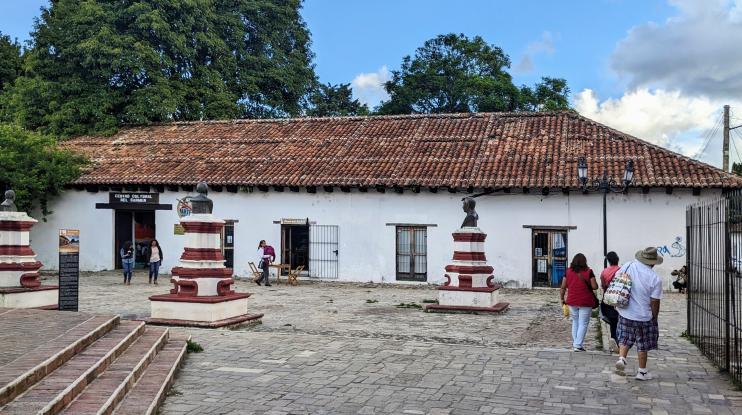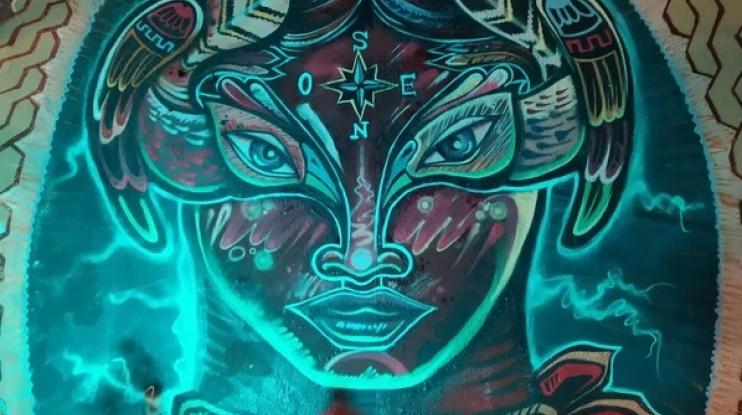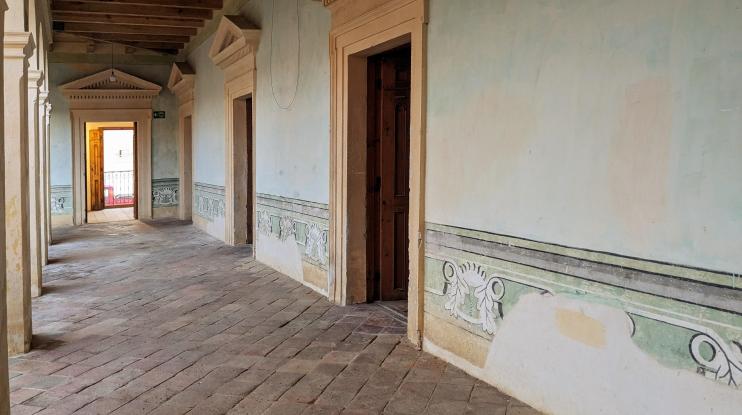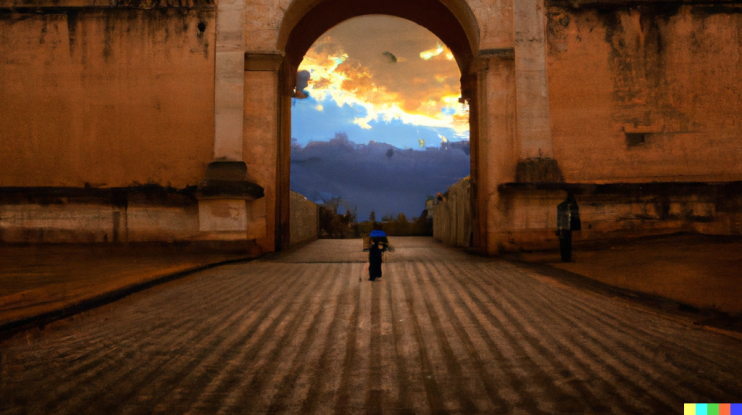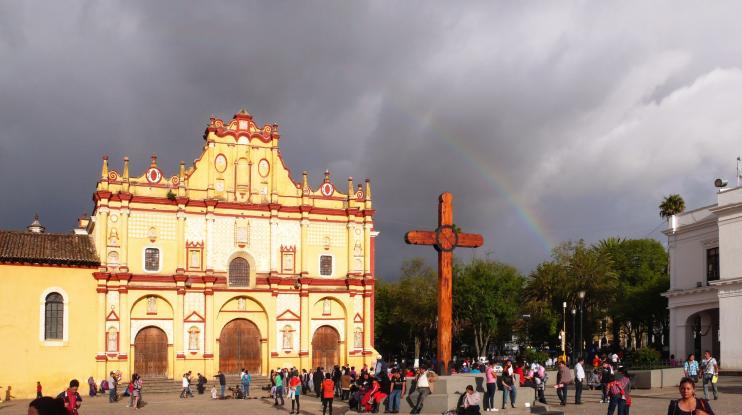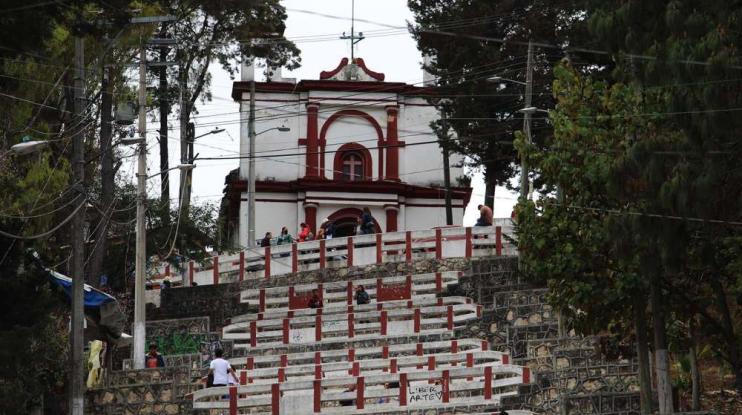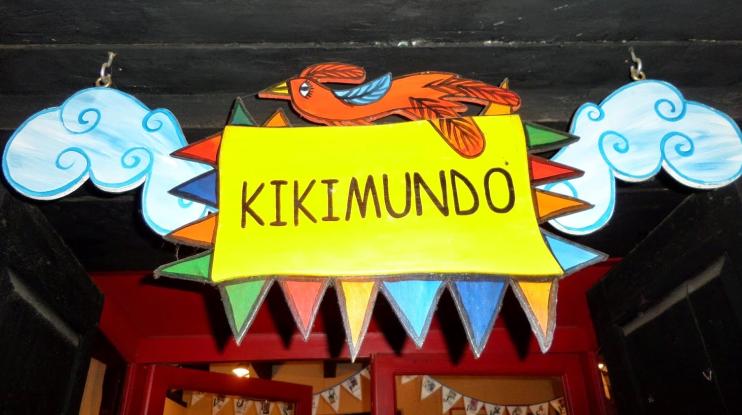Wapani is an independent cultural space located in the historic center of San Cristóbal de las Casas, Chiapas. Its name means "butterfly" in the Tzotzil Mayan language. It is a place where workshops, shows, spaces for coexistence and artistic expression are offered for all ages and tastes. Wapani is a cultural center that seeks to promote diversity, creativity and social integration through art and culture. It is a cheerful, colorful and welcoming place, where you can enjoy a variety of activities such as music, dance, theater, cinema, literature, yoga, meditation and more.


